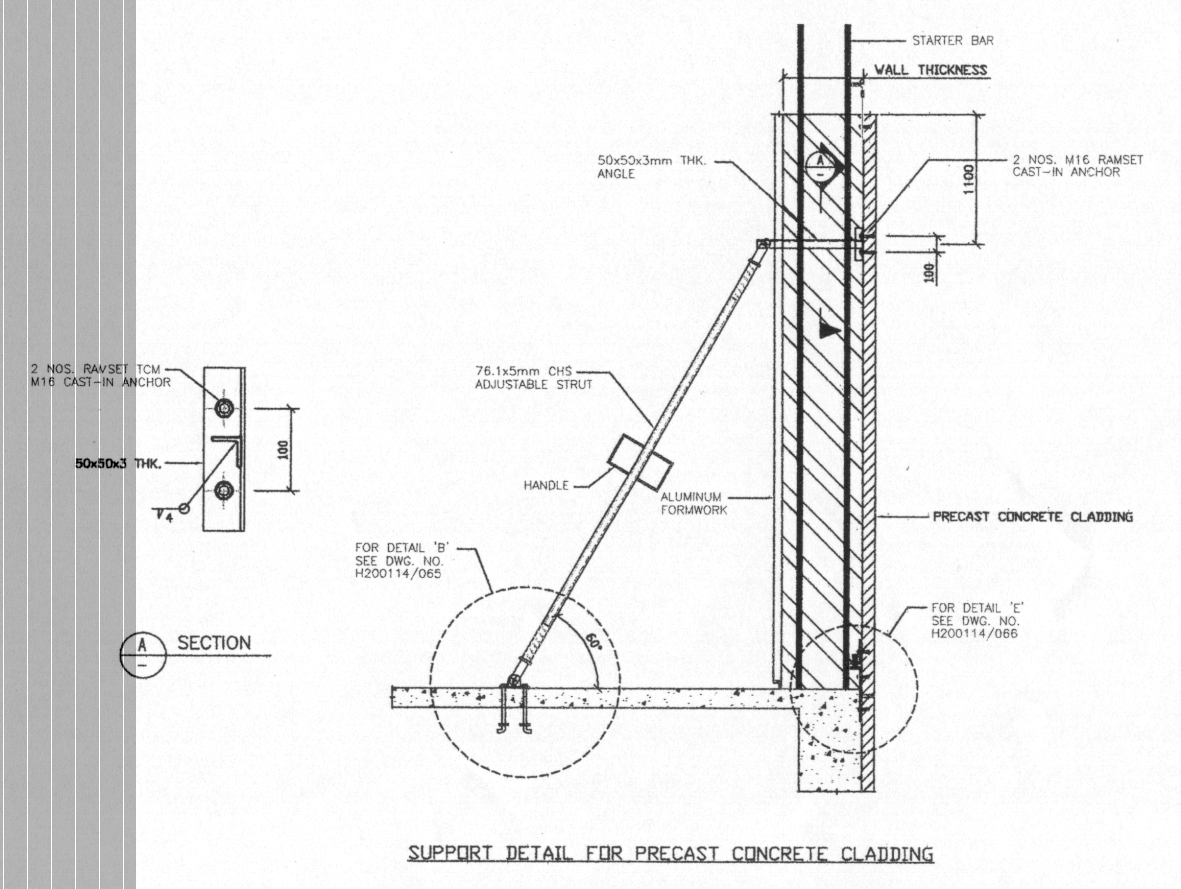Cast Diagram With Angles
In this video i introduce the cast diagram and how to use it so.

Cast diagram with angles. Here i show you how to use the quadrant rule or cast diagram to solve trigonometric equations in different ranges. The cast diagram is also called the quadrant rule or the astc diagram. In the following diagrams the sines cosines and tangents of each of the shaded angles have the same magnitude the same angle in each diagram. It saves having to use trigonometric graphs and so makes a solution quicker and.
If the angle is less than 90 degrees the trig fractions for the angle are made in the ordinary way. Cast diagrams for the tangent function see instructions example. The powerpoint begins with an explanation of how the cast diagram works. These angles are related angles and their cosines and tangents will be related in a similar way.
These slides are aimed at the more inquisitive student and are not compulsory. Starting in quadrant 4 and going in a counter clock wise fashion the cast rule will tell us what trigonometric ratios cosine sine and tangent are always positive in said quadrants. In the first quadrant the values are all positive. Each problem is solved using i the cast diagram ii a graphical approach iii a quick method.
The cast diagram for negative cosine is as shown. Find the two angles o between 00 and 3600 for which cos o 04. The cast diagram helps us to remember the signs of the trigonometric functions in each of the quadrants. It saves having to use trigonometric graphs and so makes a solution quicker and.
For example if q 300 sin300 05 sin1500 05 sin2100 05 sin3300 05. Angles can be measured from 0 degrees on a set of x y axes in a counterclockwise direction. Here i show you how to use the quadrant rule or cast diagram to solve trigonometric equations in different ranges. Essentially cast stands for cosine all sinetangent.
Trigonometry at asa level includes solving trigonometric equations and finding multiple solutions using a cast diagram or graph. Angles in standard position like this have trigonometric fractions associated with them in the following way.
